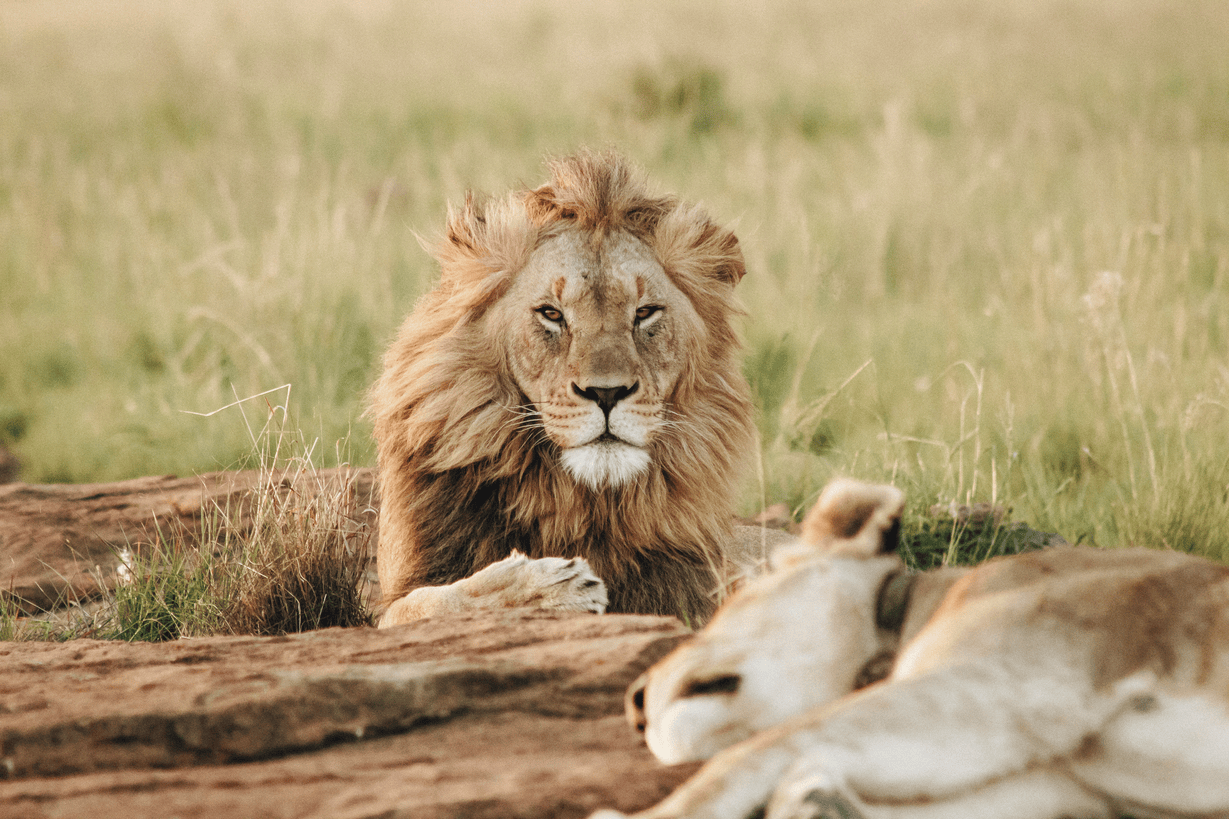
There is nothing quite so sobering as coming face to face with extinction, to touch its tired, dusty shoulders and wrinkled skin, and know you will probably never see its like again. That’s how it felt when I met Sudan, the last surviving male Northern White rhino on the planet. In his twilight years, he lived in Ol Pejeta Conservancy in Kenya’s Laikipia region. The poster boy of rhino conservation known the world over, he died two years later, in 2018.
“Scratch him behind his ears, he likes that,” his carer Jacob Anampiu had said as Sudan rested his heavy head close to my feet and closed his eyes, waiting calmly for me to stroke him. He’d spent most of his life in Dvůr Králové Zoo in the Czech Republic, before being translocated in 2009 to the more natural environment of Ol Pejeta Conservancy, the largest rhino sanctuary in East Africa, which celebrates its 20th anniversary this year.
A former colonial cattle ranch in Laikipia, Ol Pejeta became a rhino sanctuary in the mid-1990s to protect the species from widespread poaching. Today, over 160 black rhinos and some 40 southern whites roam the conservancy’s rolling plains and acacia forests in the shadows of Mount Kenya. Its rhino residents also include Sudan’s daughter and granddaughter, Najin and Fatu, heavily protected in their Endangered Species Enclosure as the only two Northen White rhinos in the world.

I say we will ‘probably’ never see Sudan’s like again because there is a glimmer of hope on the horizon: ground-breaking science combined with bags of patience and ingenuity might just bring the Northern White back from the brink.
For many years, scientists from the BioRescue Consortium together with Ol Pejeta have been working on advanced IVF and stem cell technology, using deceased rhinos’ frozen sperm and eggs from Najin and Fatu. To date, they have created over 35 Northern White embryos. Because the two females are both incapable of carrying a baby, scientists are working towards a southern white rhino acting as surrogate mother.
The team achieved a world first when a rhino became pregnant through IVF using a southern white embryo, although sadly the mother-to-be later died from unrelated natural causes. But they proved it could be done and the next exciting step forward will be to use one of those special northern white embryos.

Meanwhile, the scientists have also been working with Colossal Biosciences, the group that received huge publicity recently for their work on the ‘de-extinction’ of the dire wolf in the USA. Their role here is to create a dataset of the Northern White’s historical genetics from preserved samples to help identify and rescue lost genetic diversity.
But there’s so much more to Ol Pejeta than the rhinos. They share their wildlife-rich home with the rest of the Big Five clique (lions, leopards, elephant and cape buffalo), cheetah, wild dogs, rare Grevy’s zebra and myriad antelope, along with over 300 bird species. Accommodation options range from intimate, luxury tented camps with top notch guiding, such as Kicheche Laikipia, to larger mid-range camps like Sweetwaters Serena. And activities on offer include night drives, tracking lions with rangers, visiting the Sweetwaters Chimpanzee Sanctuary, and joining in with exhilarating dog-tracking exercises with their K9 Team.
Rhino activities include accompanying rangers for rhino monitoring and visiting Najin and Fatu, learning all about their conservation story. Following in Sudan’s footsteps, they are the stars of Ol Pejeta now, and perhaps there’ll be new stars in the near future – scientists are hoping the first Northern White baby will arrive within the next five years.
© Sue Watt






